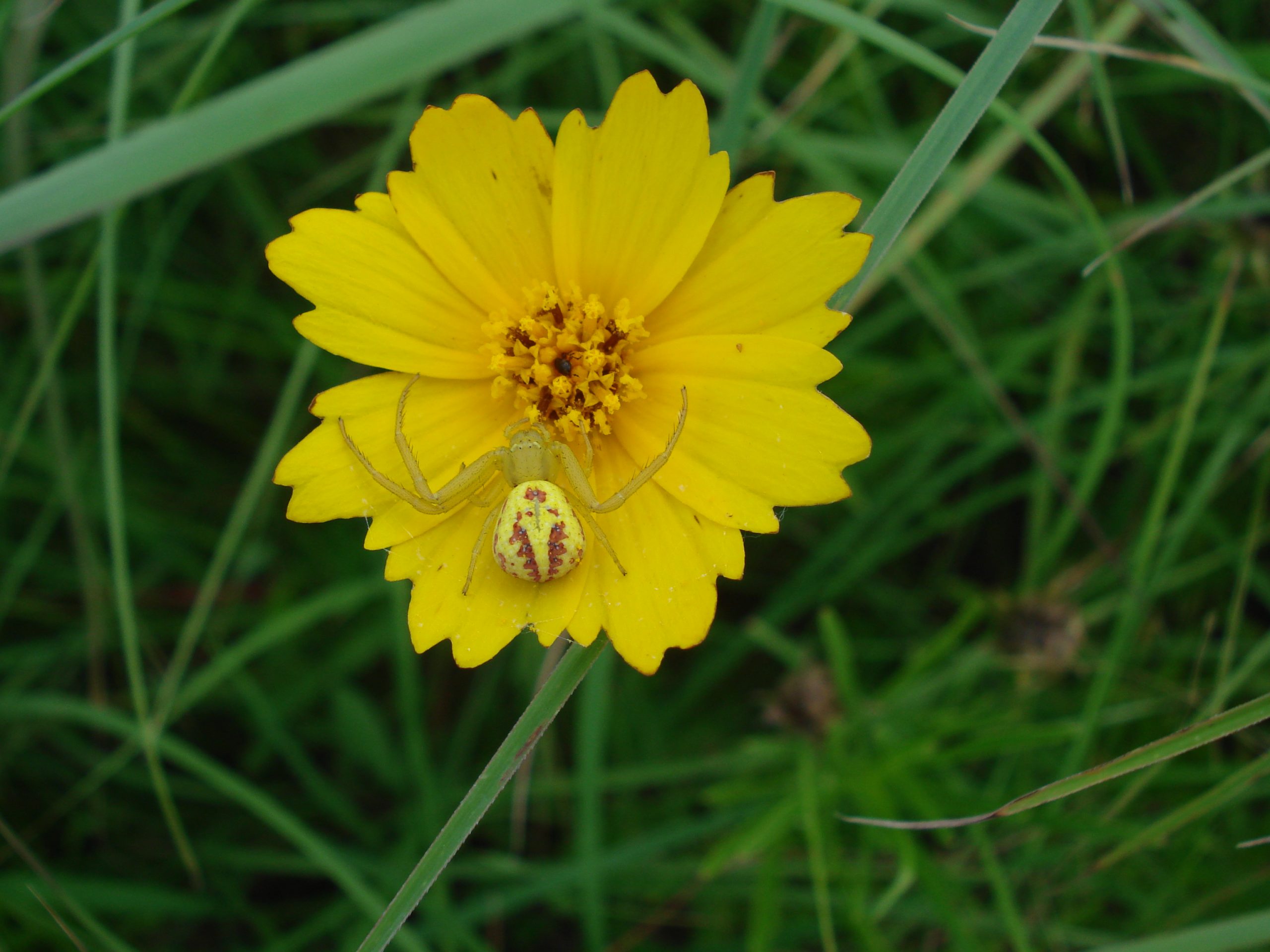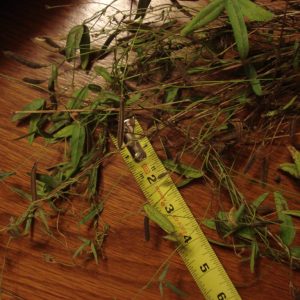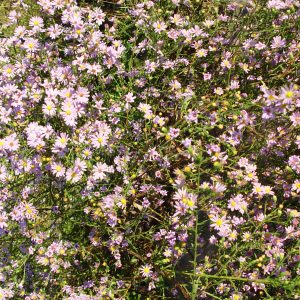Grand Coreopsis
Coreopsis grandiflora
Wildlife eat seeds; better on mesic sites than Tickseed C; pollen source for coreopsis bee (Andrena beameri)
$3.00 – $66.00
For quantity discount pricing, request a quote.
Description
Coreopsis grandiflora, commonly called Grand Coreopsis or large-flowered tickseed, is native to prairies, glades, open woods, thickets, roadsides and open ground in the southeastern U.S. It is a perennial forb (wildflower) in the aster family.
Wildlife notes
Like other coreopsis species, a wide range of insects are probably attracted to the flowers, including long-tongued bees, short-tongued bees, butterflies, and skippers. These insects usually seek nectar, although bees sometimes collect pollen. An oligolege of Coreopsis spp. is Melissodes coreopsis (Coreopsis Miner Bee). The larvae of the moths Tornos scolopacinarius (Dimorphic Gray) and Enychlora acida (Wavy-Lined Emerald) feed on the foliage or flowerheads. Rabbits, groundhogs, livestock, and probably deer occasionally consume the foliage as well.
Forage notes
This plant is occasionally eaten by livestock, but not very well.
Landscaping notes
Easily grown in dry to medium moisture, well-drained soil in full sun. Thrives in poor, sandy or rocky soils with good drainage. Tolerant of heat, humidity and drought. Prompt deadheading of spent flower stalks encourages additional bloom and prevents any unwanted self-seeding. Freely self-seeds and can become somewhat weedy. Also spreads by rhizomes. Plants are somewhat short-lived and self-seeding helps perpetuate a good planting in the garden. Plants may be cut back hard in summer if foliage sprawls or becomes unkempt. When grown in borders or other formal garden areas, division may be needed every 2-3 years to maintain robustness. May be grown as annuals. Borders. Also effective in naturalized areas, meadows, prairies or cottage gardens. Good plant for areas with poor, dry soils.
Restoration notes
Habitats include upland areas of prairie (including prairie restorations), openings in rocky upland forests, thickets, glades, roadsides, and miscellaneous waste areas.
This species is commonly used in the following mixes: Butterfly & Hummingbird Mix, Prairie Patchwork Mix
Videos About This Plant
To learn more about this plant, check out our videos about it and its uses.
Additional information
| Weight | N/A |
|---|---|
| Unit | Packet, Ounce, Pound |
| Light | Full Sun |
| Seeding Rate | 12 bulk lbs/acre |
| Soils | Dry, Moist |
| Height | 16"-20" |
| Bloom Month | Jun |
| Color | Yellow, Gold |
| Specialty Uses | Butterfly, Wildlife, Cut Flower, Medicinal |
| Cattle Palatability | Fair |
| # seeds/pkt | 200 |
| Packet coverage area | 5 sq. ft |



